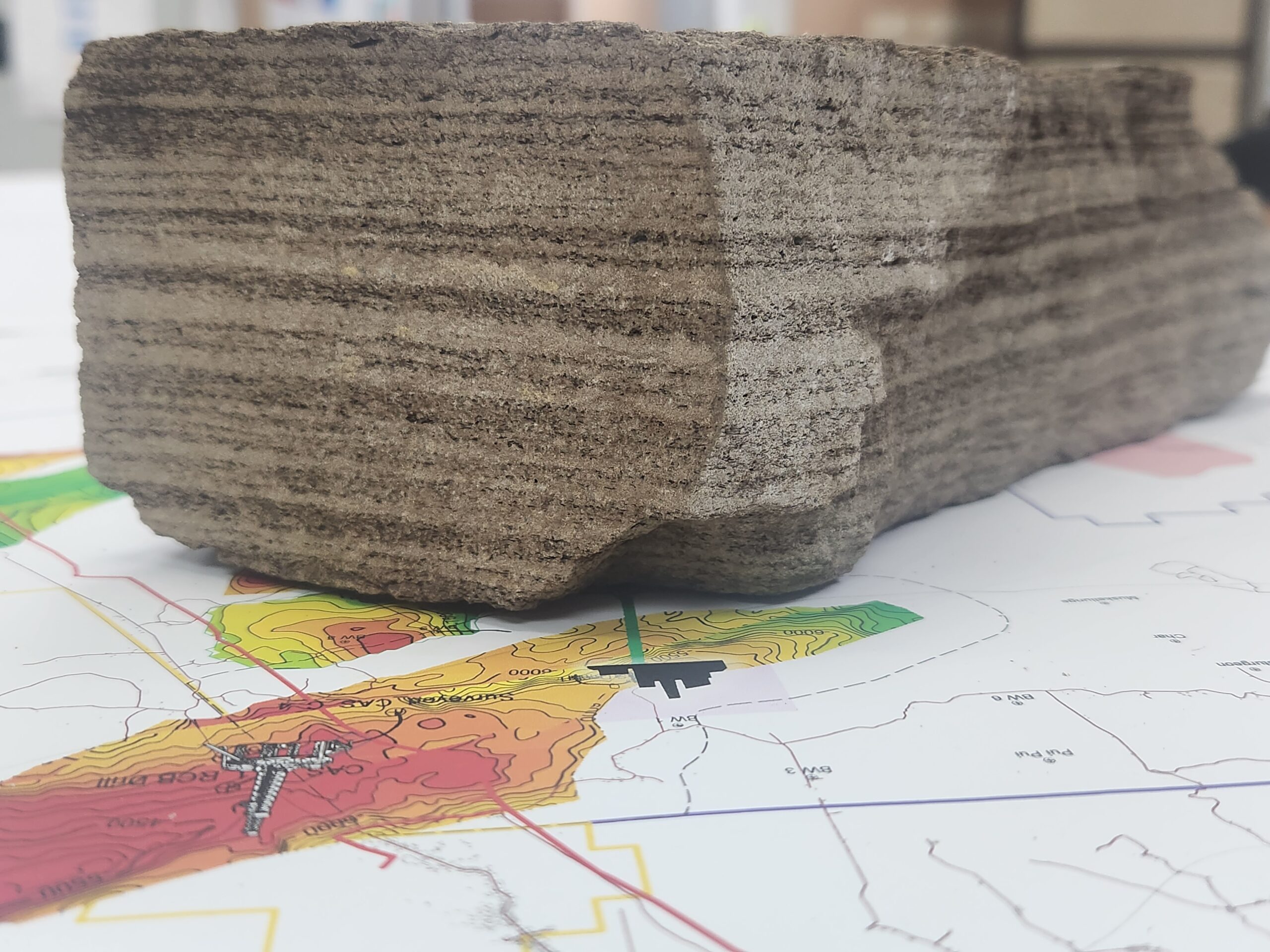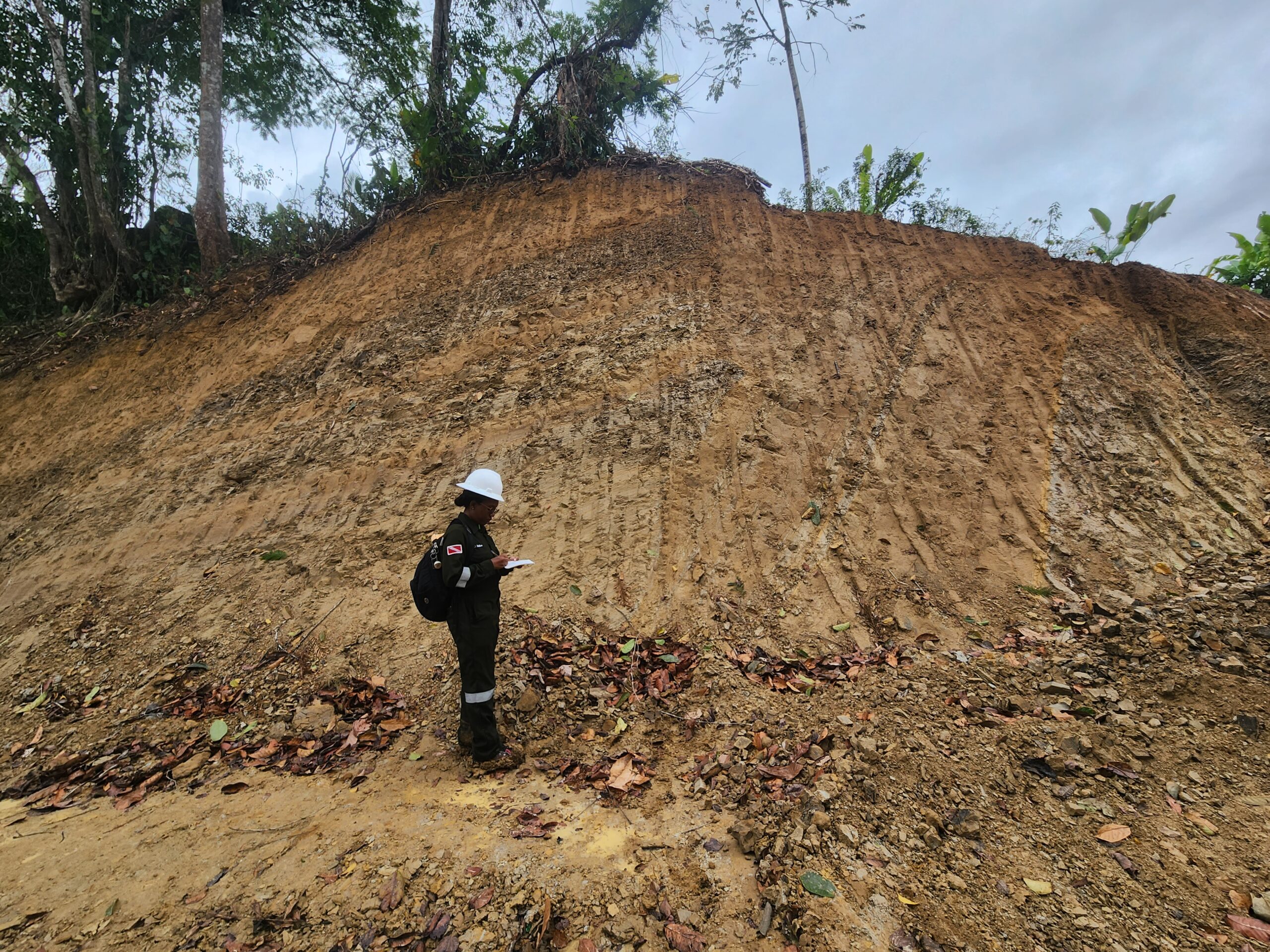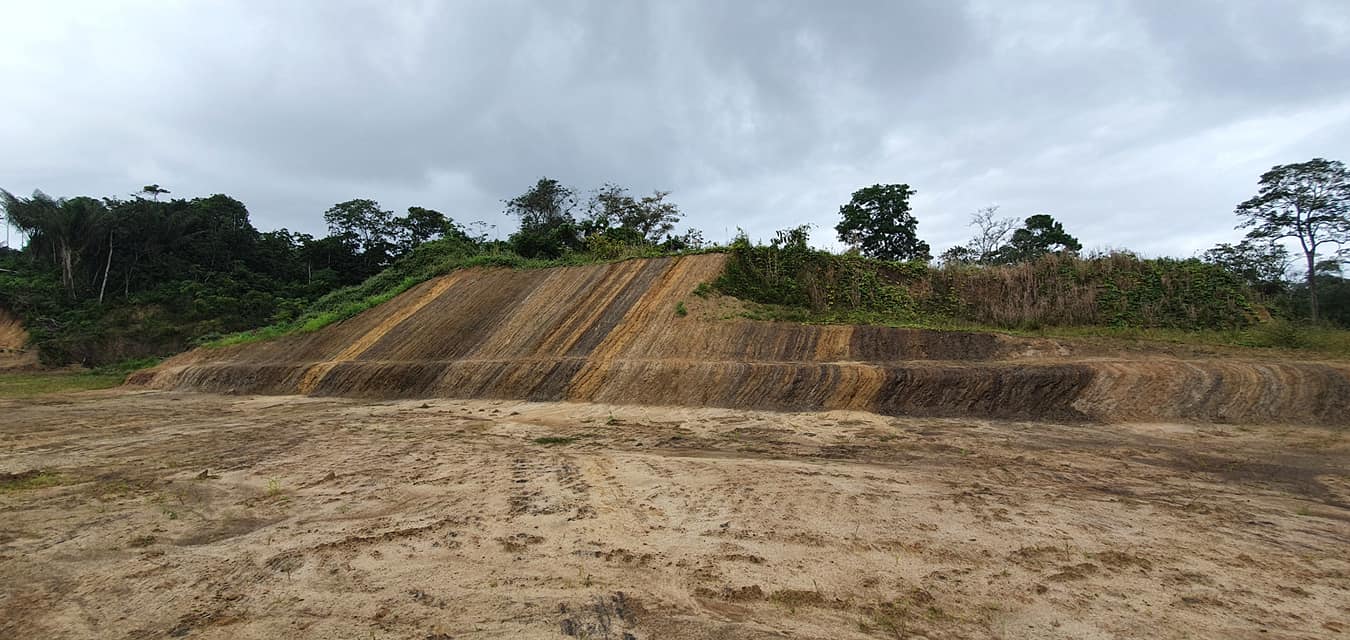A Rich Geological History
Throughout much of its geological history, Trinidad has been characterized by deep-sea conditions. This environment saw significant sediment deposition from major river systems originating from the South American mainland, primarily sourced from the Andes mountains, the Cordillera de la Costa of Venezuela, and the Guiana Shield.
During the Cretaceous period, deep-sea conditions prevailed in the area. During this time, Earth experienced high oxygen levels, fostering the proliferation of various microorganisms. These microorganisms, over time, became preserved within shale deposits in the deep-sea environment. This process led to the formation of carbon-rich shales, which, under specific conditions of pressure and temperature, evolved into highly productive source rocks, serving as generators for hydrocarbons.

Herrera Reservoir
In the context of deep-sea conditions prevailing in Trinidad, there were occasional geological events that led to significant influxes of sands. These sand deposits, of high quality, are referred to as turbidites and serve as excellent reservoirs.
One such prolific turbidite deposit, known as the Herrera sandstone, was formed approximately 11-14 million years ago in southern Trinidad. The Herrera sandstones are the primary producing reservoirs in the Penal Barrackpore field, which is located just west of Touchstone’s Ortoire block.
In the Penal and Barrackpore areas, these sandstones typically have a thickness ranging from 100 to 150 feet at the center of the fairway. However, within the Ortoire block, these reservoirs are exceptionally thicker, ranging from 300 to 500 feet.

Trap & Seal
In Southern Trinidad, the Herrera turbidites, along with thousands of feet of shales both above and below them, underwent folding processes, forming hills or anticlines. In the Ortoire block, the Herrera turbidites folded onto themselves, causing the reservoirs to repeat, three or more times due to thrust faulting, creating individual traps known as the overthrust, intermediate, and subthrust. Following the folding of these reservoirs, deep-sea conditions persisted for at least another 5 million years, leading to the deposition of a thick layer of monotonous shale, effectively sealing the folded reservoirs.

Cruse, Forest and Morne l’enfer Reservoir
Around 5 million years ago, the Orinoco River, one of the major rivers originating in Eastern Venezuela, began to construct its delta, extending towards and into Trinidad. This process involved the deposition of vast quantities of sand and shale sediments. These sedimentary layers are now recognized as the prolific Cruse, Forest, and Morne l’enfer reservoirs, which, over the past 115 years, have yielded an impressive one billion barrels of oil in the western region of southern Trinidad.
The substantial sediment deposition brought about by the arrival of the Orinoco delta in Trinidad played a crucial role in creating the right conditions for the carbon-rich source rock to undergo the necessary pressures and temperatures required for the generation of hydrocarbons. Over time, oil and gas migrated along fault lines into the folded and repeatedly occurring reservoirs, becoming trapped by thick, overlying layers of shale-rich seals. This geological process contributed to the significant hydrocarbon reserves found in this region.
